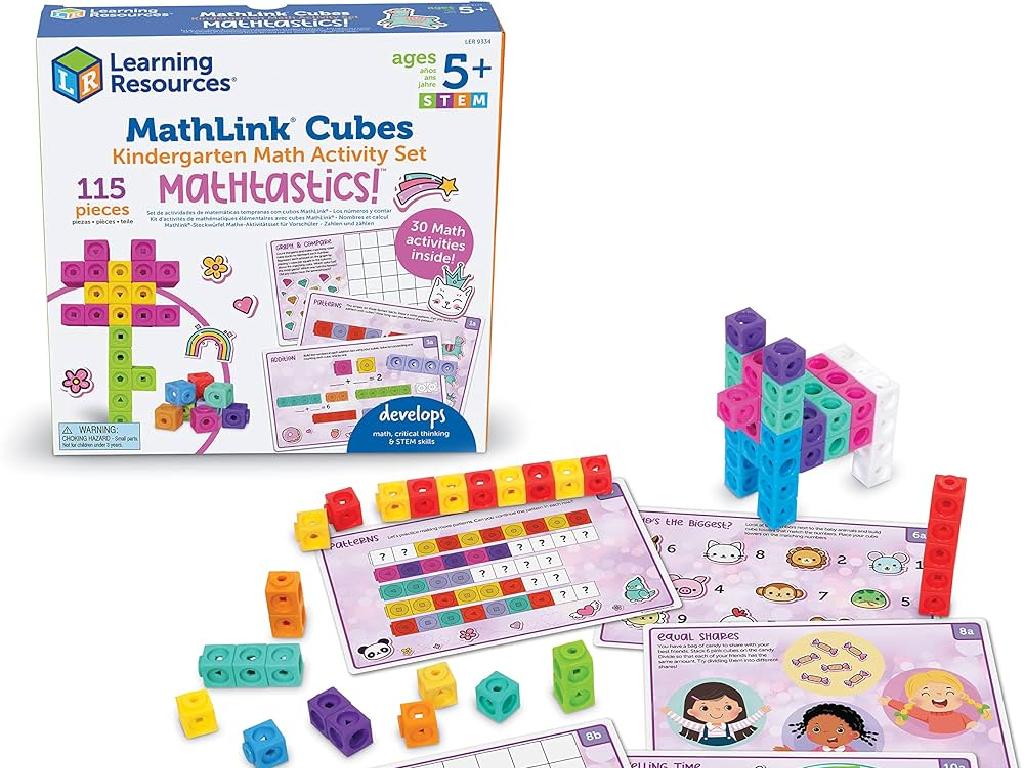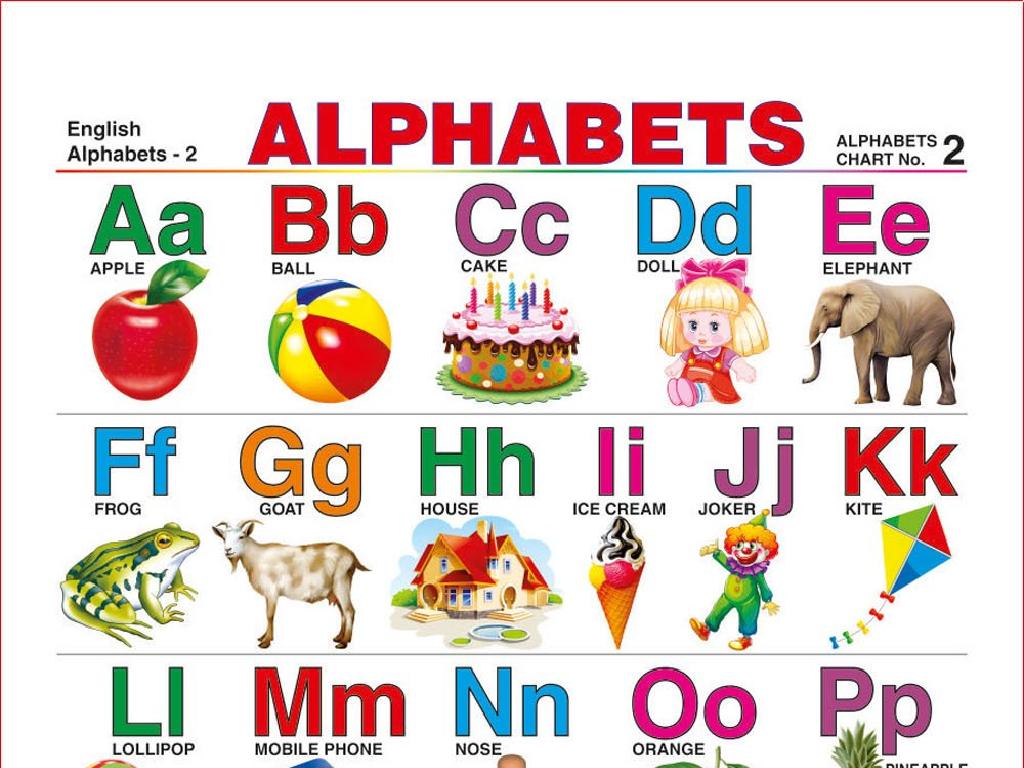Determine The Themes Of Myths, Fables, And Folktales
Subject: Language arts
Grade: Fourth grade
Topic: Theme
Please LOG IN to download the presentation. Access is available to registered users only.
View More Content
Exploring Themes in Stories
– What is a theme?
A theme is the main idea or lesson in a story.
– Finding the message
Look for what the story is trying to teach us.
– Common themes in tales
Friendship, courage, and honesty are some themes.
– Your own theme discovery
|
Begin the lesson by explaining that a theme is the underlying message or the ‘big idea’ of a story. It’s what the author wants us to learn or understand. Use familiar stories to illustrate how themes are presented and how they can teach us valuable lessons. Discuss common themes found in myths, fables, and folktales, such as the importance of honesty or the value of bravery. Encourage students to think about the themes they have encountered in their own reading and how those themes have made them think or feel. This will help them to start identifying themes independently in literature.
Exploring Myths and Their Themes
– Understanding what myths are
– The significance of myths
– Myths are ancient stories that share big ideas and lessons.
– Finding themes in myths
– Themes are the big ideas or messages in a story.
– Example: The myth of Icarus
– Icarus’s story teaches us about the dangers of over-ambition.
|
This slide introduces students to the concept of myths and their importance in culture and literature. Myths are traditional stories that often explain natural phenomena or human behavior and carry important lessons or morals. When discussing themes, emphasize that they are the underlying messages or insights that the story conveys. Use the myth of Icarus as an example to illustrate a theme of ambition and caution, showing how Icarus’s desire to fly too close to the sun serves as a warning against overreaching. Encourage students to think about what lessons they can learn from this myth and how it applies to their own lives. Ask them to consider other myths they know and the themes they might contain.
Discovering Fables: Lessons and Morals
– What makes a story a fable?
– Short tales with animals as characters
– Fables teach us important lessons
– Themes like honesty, kindness, and hard work often appear
– ‘The Tortoise and the Hare’ teaches perseverance
– Slow and steady wins the race
– Think of morals from fables you know
|
This slide introduces students to the concept of fables, a sub-genre of folk literature. Emphasize that fables are short stories that typically feature animals as characters and are designed to teach a moral or lesson. Discuss common themes found in fables and how they relate to moral lessons. Use ‘The Tortoise and the Hare’ as a classic example to illustrate the theme of perseverance and the moral that ‘slow and steady wins the race.’ Encourage students to think of other fables they know and the morals they have learned from them. This will help them understand how themes are conveyed through stories and their importance in literature.
Exploring Themes in Folktales
– What are folktales?
– Stories passed down, teaching lessons
– The purpose of folktales
– To entertain and impart wisdom
– Discovering folktale themes
– Look for the lesson or moral in the story
– ‘Stone Soup’: sharing & community
– Cooperation leads to success for all
|
This slide introduces students to the concept of folktales and their significance in conveying themes and morals. Begin by defining folktales as traditional stories that have been told by generations to teach important life lessons. Discuss the dual purpose of folktales: to entertain and to educate. Guide students on how to identify themes by looking for the overarching message or moral of the story. Use ‘Stone Soup’ as a concrete example to illustrate the themes of sharing and community, showing how the characters learn the value of working together. Encourage students to think of other folktales they know and the lessons those stories teach.
Exploring Themes in Stories
– Understanding story themes
– Theme is the main message or lesson of the story
– Clues: plot, characters, setting
– Details in the story that hint at the theme
– Practice with familiar tales
– Use stories we know to find themes
– Discussing our findings
|
This slide introduces the concept of themes within stories, specifically focusing on myths, fables, and folktales. Begin by explaining that a theme is a big idea or message that the writer wants to convey, often a lesson about life or human nature. Encourage students to look for clues in the plot developments, the challenges characters face, and the settings to infer the theme. Use familiar stories as practice examples to ensure students can relate and apply their understanding. After the practice, have a discussion to allow students to share their thoughts and understandings of the themes they’ve identified. This will help reinforce their learning and improve their analytical skills.
Class Activity: Theme Detectives
– Become a theme detective!
– Read a myth, fable, or folktale in groups
– Choose from a selection of short, engaging stories
– Discuss the story with your group
– Think about the lesson or message in the story
– Write down the story’s theme
– Share your theme with the class after the activity
|
This class activity is designed to engage students in discovering the theme of different stories. By working in groups, students will enhance their collaborative and critical thinking skills. Provide a selection of myths, fables, and folktales that are appropriate for fourth graders. After reading, guide them to discuss within their groups what they think the theme or central message of the story is. Encourage them to look for clues in the characters’ actions and the outcomes of the story. Once they decide on a theme, have them write it down. At the end of the activity, each group can present their story and the theme they’ve identified. This will help students understand that a theme is a common thread or message that is woven through a story.
Sharing Our Findings: Story Themes
– Groups present story and theme
– Discuss various story themes
– Recognize multiple themes per story
– A tale might teach both honesty and bravery
– Reflect on the themes’ meanings
– How do these themes relate to our lives?
|
This slide is for a class activity where students will share the themes they’ve identified in different myths, fables, and folktales. Each group will present their chosen story and discuss the theme they’ve found. The class will then engage in a discussion about the variety of themes presented, understanding that stories can often teach us multiple lessons. Encourage students to think critically about how a single story can convey different messages to different people. As a teacher, facilitate the discussion to ensure each group has a chance to present and contribute to the conversation. Ask guiding questions to help students connect the themes to real-life situations or personal experiences.
Conclusion: The Power of Themes
– Recap themes in stories
– Themes are central messages or lessons in stories.
– Understanding theme importance
– Themes help us grasp the deeper meaning and morals in stories.
– Reflect on favorite themes
– Think about which story theme you liked best and why.
– Share your theme preference
|
As we wrap up our discussion on themes, it’s important to revisit the central messages we’ve uncovered in various myths, fables, and folktales. Understanding the theme of a story helps us connect with the characters and the lessons they learn, which can be applied to our own lives. Encourage students to reflect on the themes that resonated with them the most. Ask them to share their favorite theme and explain why it stands out to them. This personal reflection helps students develop critical thinking and personal connection to literature. For the next class, prepare to discuss these reflections and consider how these themes appear in the students’ own experiences.






